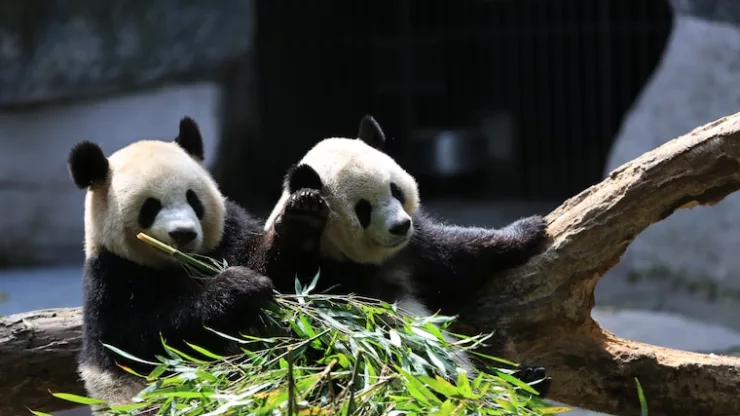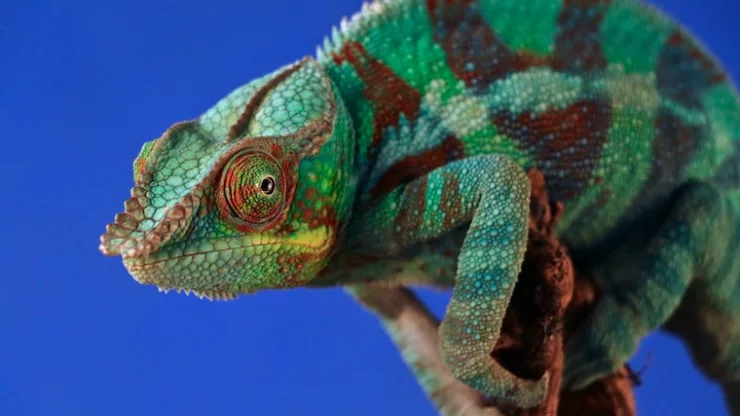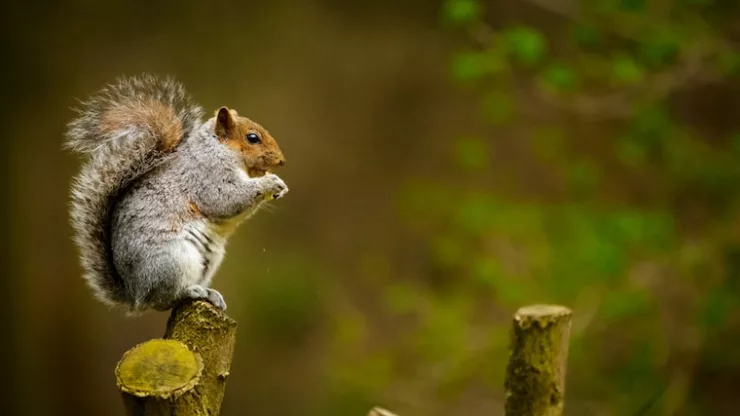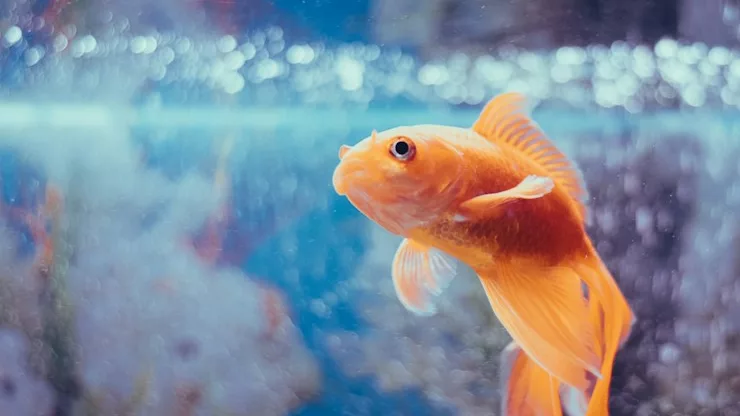Storks are one of the most iconic birds in the world, known for their long legs and distinctive beaks.
But how much do you really know about these fascinating creatures?
Here are 22 facts about storks that will leave you amazed.
- There are 19 different species of storks in the world, with the most common being the white stork.
- Storks are found all over the world, except for in Antarctica and some parts of Asia.
- Storks are known for their long, thin legs, which are used for wading through shallow water.
- The beak of a stork is also long and pointed, used for catching fish and other small animals.
- Storks are often depicted carrying babies in their beaks, but this is just a myth.
- Storks are actually monogamous birds, meaning they mate for life.
- Female storks lay between one and six eggs at a time.
- Storks are known for their elaborate courtship displays, which involve dancing, bill clattering, and wing flapping.
- Baby storks are born with fluffy white feathers and pink skin.
- Storks are migratory birds, and some species travel up to 12,000 miles each year.
- Storks use thermals, or rising columns of warm air, to conserve energy during their migrations.
- Storks are social birds and often nest in large colonies.
- Storks build their nests out of sticks and other materials, and they often reuse the same nest year after year.
- The lifespan of a stork is around 20 years in the wild.
- Storks are considered sacred in some cultures, and they are often associated with good luck.
- In some parts of Europe, storks are believed to bring babies to new parents.
- Storks have been known to eat small rodents, snakes, and even other birds.
- Some species of storks are endangered due to habitat loss and hunting.
- In ancient Egypt, storks were associated with the goddess Isis.
- Storks are a popular symbol in heraldry, often representing fertility and good fortune.
- Storks are often depicted in art and literature, from ancient Greek pottery to modern children’s books.
- In some cultures, storks are believed to bring rain and fertility to the land.
FAQ
How do storks migrate such long distances?
Storks use thermals, or rising columns of warm air, to conserve energy during their migrations. They also use landmarks, such as mountains and coastlines, to navigate.
Do all storks build nests?
Yes, all storks build nests out of sticks and other materials. They often reuse the same nest year after year.
Are storks endangered?
Some species of storks are endangered due to habitat loss and hunting.
The black stork, for example, is classified as "near threatened" by the International Union for Conservation of Nature.
Why are storks associated with good luck?
Storks have long been associated with fertility and good fortune in many cultures.
They are often depicted carrying bundles of sticks or other objects, which symbolize the arrival of a new baby or other good news.
What do storks eat?
Storks are carnivorous birds and feed mainly on fish, frogs, insects, and small mammals.
How long do storks live?
The lifespan of a stork is around 20 years in the wild. However, some storks have been known to live up to 30 years in captivity.

I am a fun fact enthusiast and creator of Facts On Tap.
I love to share my knowledge and curiosity with readers and inspire them to learn something new every day.
When I’m not writing, I enjoy traveling, reading, and playing trivia games with my friends.





